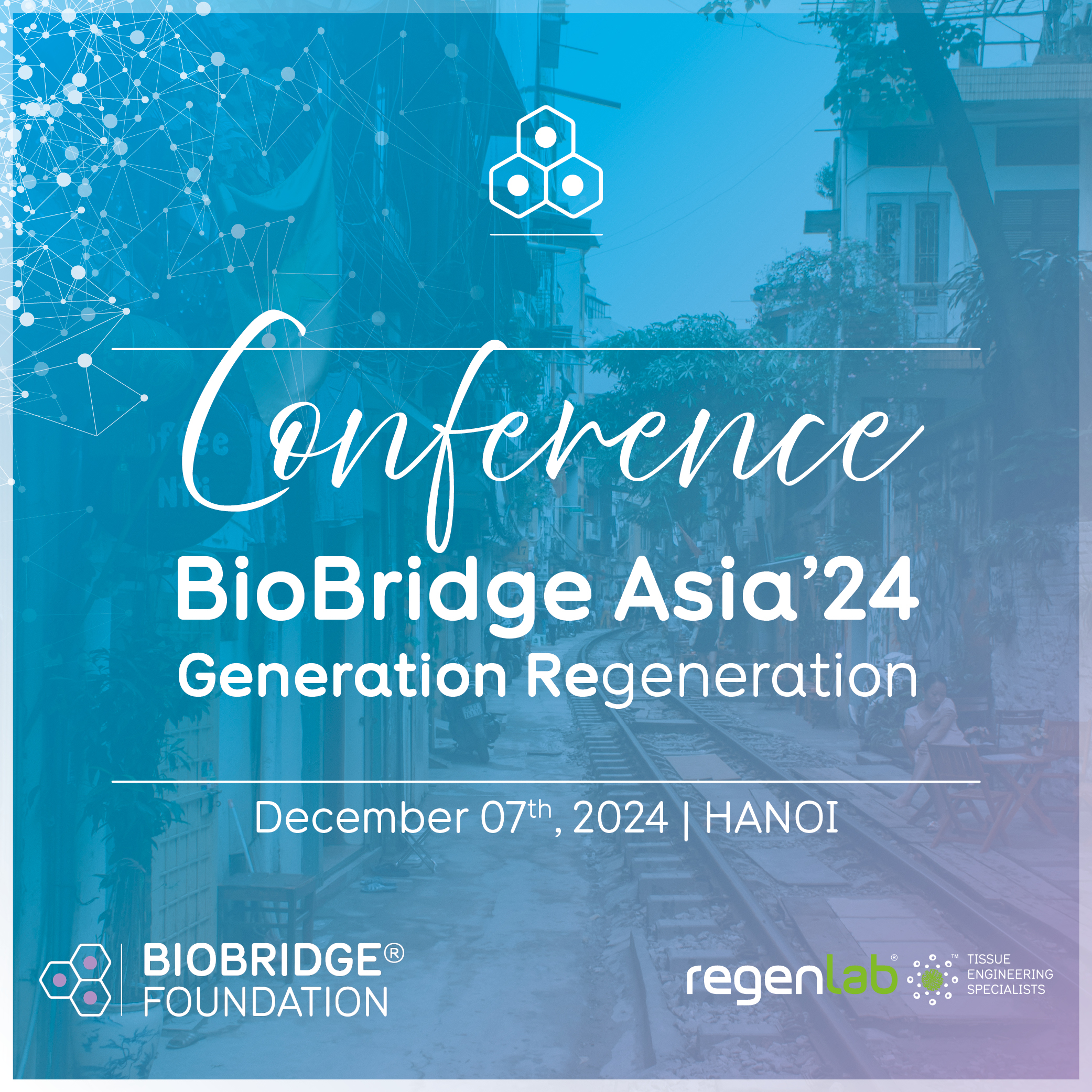Regenerative Medicine in Orthopedic Surgery
Cell Therapies with Platelet-Rich Plasma (PRP), Bone Marrow Concentrate (BMC) and Process Standardization State of the art and clinical experiencesUpcoming Events

Dr Brice Tchakerian

Dr Marinella Tedesco

Dr Marta Homs Riera
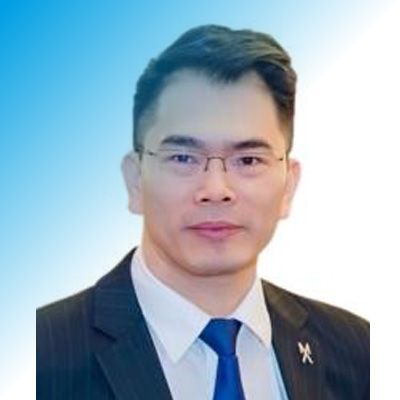
Dr. Hoang Van Dung
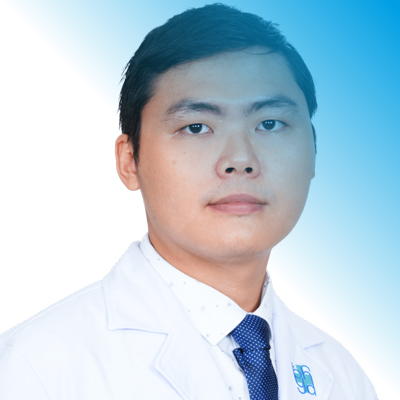
Dr. Huynh Khoi Nguyen

Dr. Jen-Li Pan
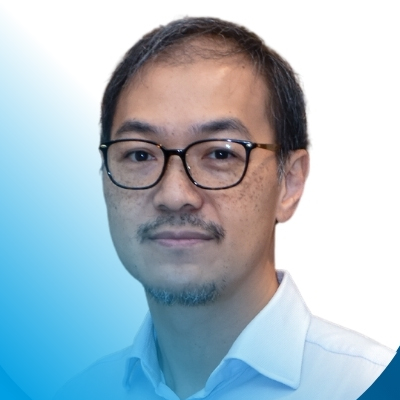
Dr. Mark Lai Wai Wah
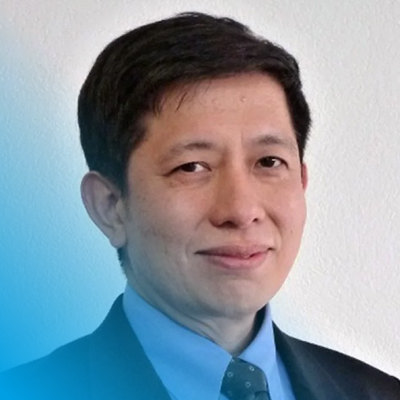
Dr. Patrick Goh

Dr. Stanley Lam
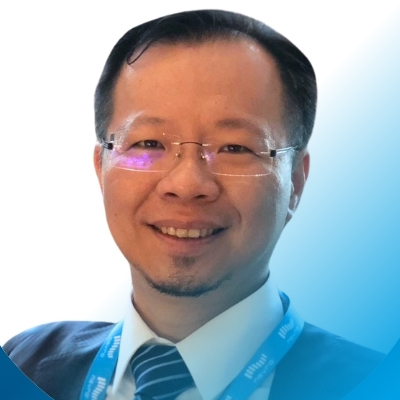
Dr. Wesley Chih-Chun Chen

Sarah Berndt

Dr Brice Tchakerian

Dr Marinella Tedesco

Dr Marta Homs Riera

Dr. Hoang Van Dung

Dr. Huynh Khoi Nguyen

Dr. Jen-Li Pan

Dr. Mark Lai Wai Wah

Dr. Patrick Goh

Dr. Stanley Lam

Dr. Wesley Chih-Chun Chen

Sarah Berndt

Dr. Hoang Van Dung

Dr. Huynh Khoi Nguyen

Dr. Jen-Li Pan

Dr. Mark Lai Wai Wah

Dr. Patrick Goh

Dr. Stanley Lam

Dr. Wesley Chih-Chun Chen

Sarah Berndt

Dr Brice Tchakerian

Dr Marinella Tedesco

Dr Marta Homs Riera

Dr. Hoang Van Dung

Dr. Huynh Khoi Nguyen

Dr. Jen-Li Pan

Dr. Mark Lai Wai Wah

Dr. Patrick Goh

Dr. Stanley Lam

Dr. Wesley Chih-Chun Chen

Sarah Berndt
Edited by Prof. Rodolfo Capanna and a team of leading experts, this publication outlines the use of PRP and BMC as standardized, innovative treatments that enhance the healing and repair processes in various orthopedic conditions.
These therapies represent a significant advancement in the medical field, offering biological solutions that improve patient outcomes in surgeries involving bones, tendons, ligaments, and cartilage.
Overview of PRP and BMC Therapies
The fundamental principles of regenerative medicine, focusing on the clinical applications of PRP and BMC. These therapies leverage the body’s natural healing mechanisms by utilizing concentrated autologous cells and growth factors. PRP involves the concentration of platelets from the patient’s blood, which are then injected into the affected area to stimulate healing. BMC, on the other hand, is derived from the patient’s bone marrow and is rich in mesenchymal stem cells (MSCs), which have the potential to differentiate into various cell types, promoting tissue regeneration and repair.
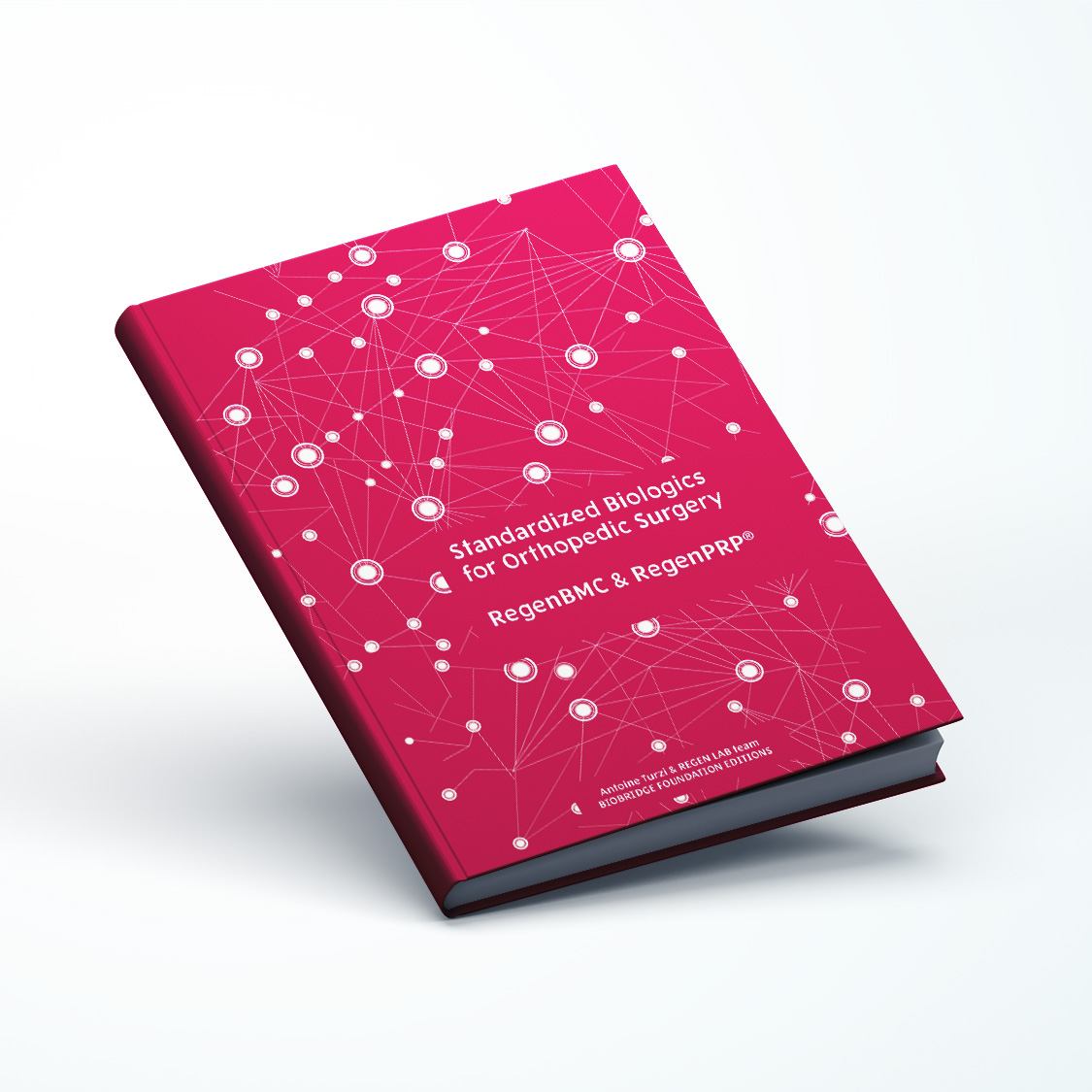
Clinical Applications
Bone Repair
Cysts and Tumor-like Lesions: The document details the application of BMC in treating benign bone lesions such as solitary bone cysts (SBC) and aneurysmal bone cysts (ABC). The procedure typically involves aspirating bone marrow from the iliac crest, concentrating it, and injecting it into the lesion. This method has demonstrated high success rates, with healing percentages ranging from 80% to 100% in treating SBCs, making it a preferred option over traditional treatments like steroid injections.
Non-Unions and Bone Defects: In cases of impaired healing or non-union following fractures, BMC has been used effectively. The study reviewed 90 cases where non-unions were treated with enriched bone grafts combined with BMC, yielding an 89% overall healing rate. The use of BMP-7 (Osigraft) in combination with BMC further enhanced the healing outcomes, particularly in challenging lower limb non-unions.
Cartilage Repair
Osteochondral Lesions: PRP and BMC therapies are explored as treatments for osteochondral lesions, which are common in joint injuries. The document highlights the biological rationale behind these treatments, emphasizing their role in stimulating cartilage repair and improving joint function. The combination of PRP and BMC is shown to support the regeneration of damaged cartilage, reducing the need for more invasive surgical procedures.
Soft Tissue Repair
Tendon and Ligament Injuries: The application of PRP in the repair of soft tissues, such as tendons and ligaments, is discussed in detail. PRP therapy is particularly effective in treating chronic conditions like Achilles tendinosis and rotator cuff injuries. The document cites clinical cases where PRP injections significantly improved patient outcomes by enhancing the body’s natural healing response, leading to faster recovery times and better functional results.
The PRP represents a significant advancement in regenerative medicine, offering a safe and effective treatment option for various medical conditions. Its innovative approach to PRP preparation ensures high-quality outcomes, making it a preferred choice for healthcare professionals worldwide.

